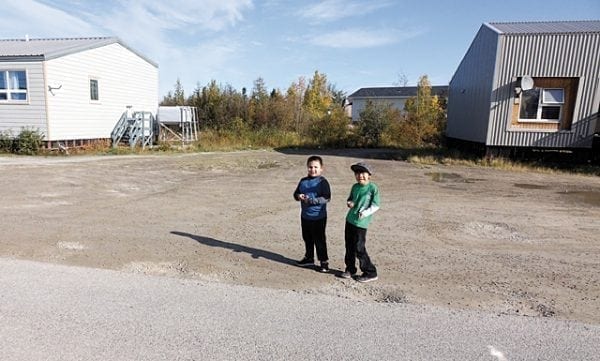Canada's national aboriginal population has grown by 42.5 per cent since 2006 while the NWT's own growth has been just 1.7 per cent over the same period, according to new results from the 2016 census released on Oct. 25.

While the territory's numbers run counter to the national story at first glance, there's more to the numbers than what at first may seem.
"I would characterize [the NWT's numbers] as, ‘the population is stable,'" said Vivian O'Donnell, an analyst with Statistics Canada.
While she notes Canada's aboriginal population tends to have higher fertility rates than other segments of Canada's population, there are other factors in the national statistical population spike than birth and death rates.
There is migration – people moving into and out of the territory – and results on that, she said, will be released at the end of November.
"The other factor that is sort of unique to the aboriginal population is the increase in the number of people who are self-identifying as aboriginal," says O'Donnell. " That contributed quite a bit, I would say, to the national picture."
O'Donnell says previous Statistics Canada studies have looked into, through linking people's responses from one census to the other, the numbers of people who may change their affiliation to the aboriginal population between censuses.
"[This happens] moreso in areas where aboriginal people represent a smaller percentage of the population," said O'Donnell, "as opposed to areas where aboriginal people represent a larger portion of the population, such as in the NWT."
In the NWT, roughly half the population is aboriginal, and it is much more normalized in the territory to live side-by-side with Canada's indigenous population than it is in, say, Toronto.
That said, from the perspective of natural growth, other numbers in the data released posit this situation may improve.
In 2016, there were 1,673,785 aboriginal people in Canada, according to the census. In the next two decades, Statistics Canada expects the aboriginal population to exceed 2.5 million persons.
As well, the report showed close to three quarters of Canada's Inuit population resides in Inuit Nunangat –the area made up of the Inuvialuit region, which holds 4.8 per cent of the total population, as well as Nunavut, Nunavik and Nunatsiavut.